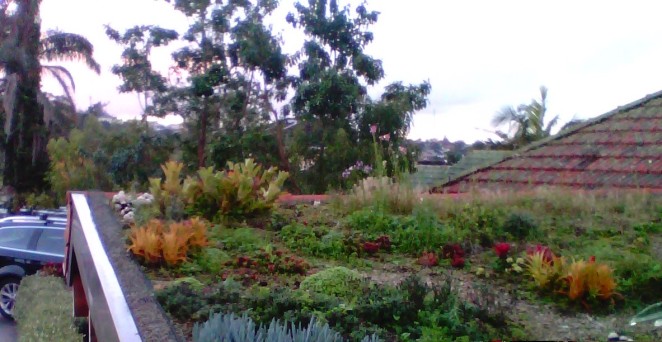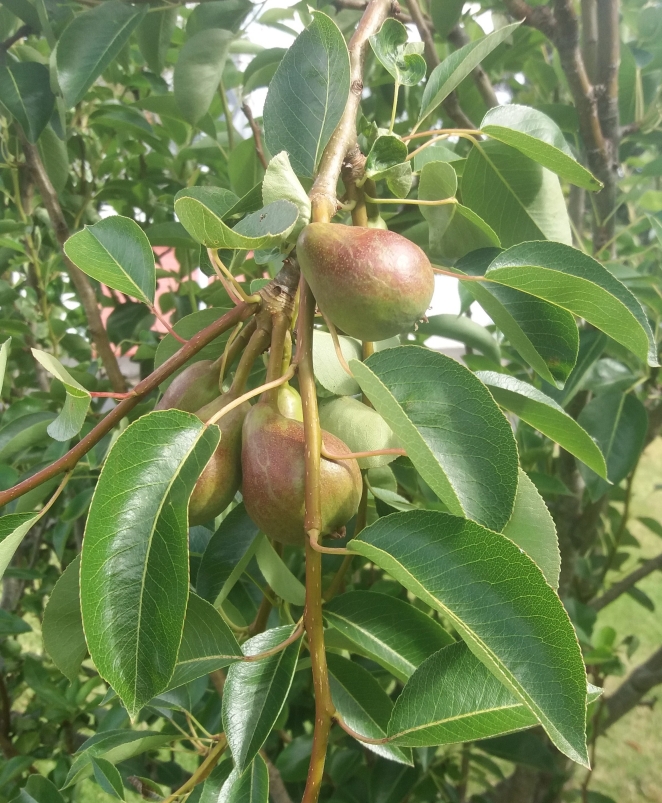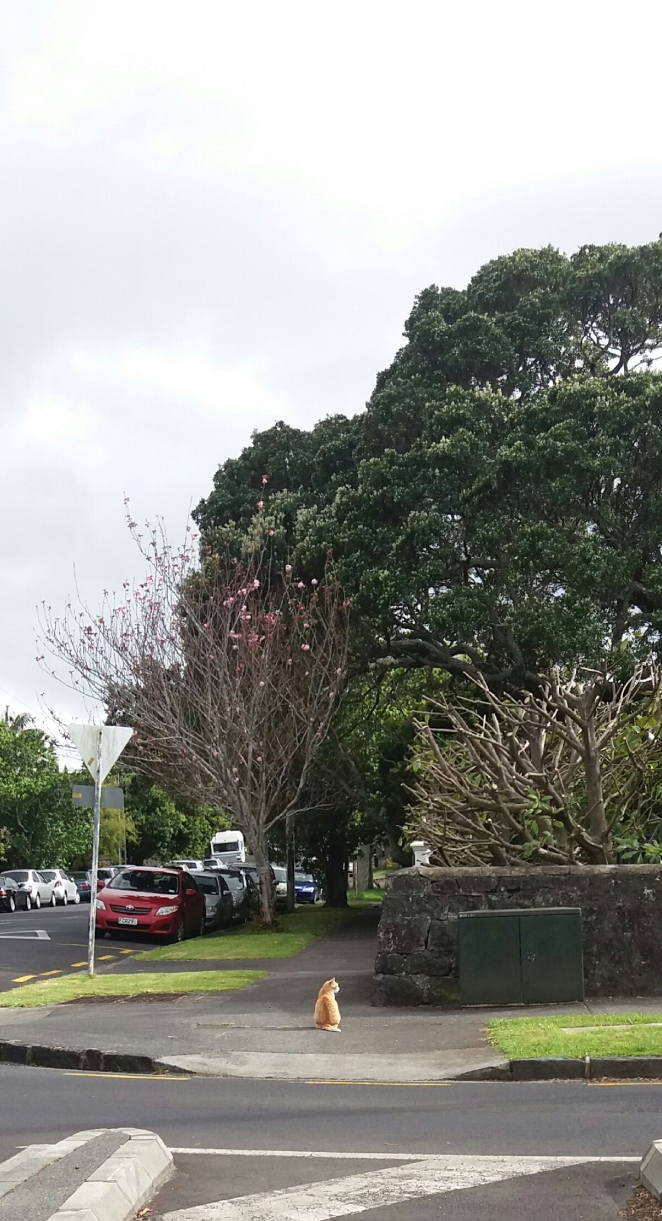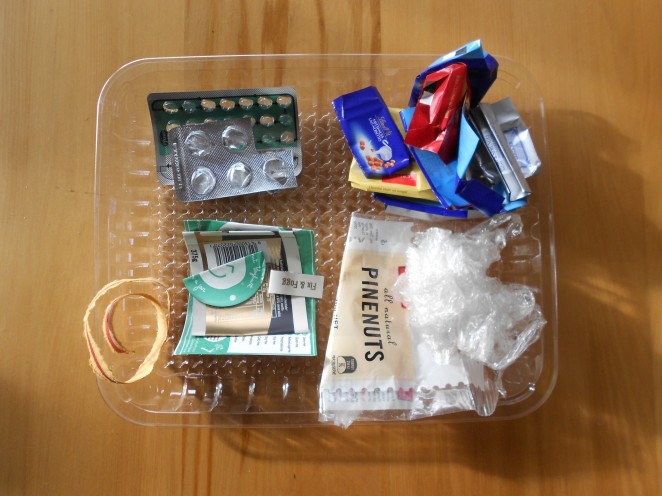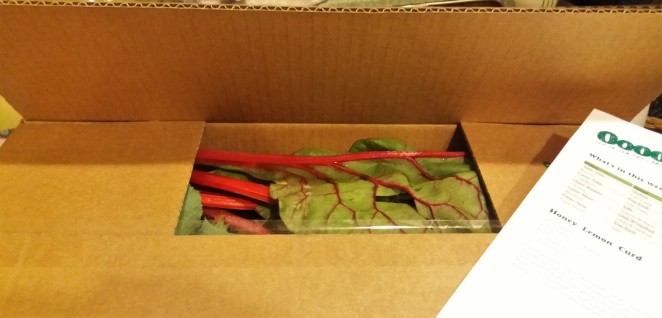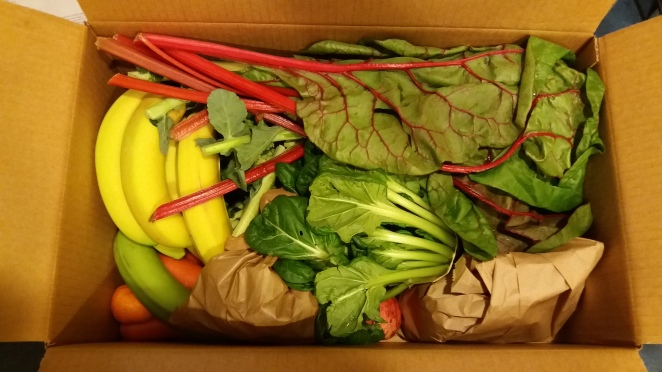Wondering what to do with your soft plastic waste now that recycling collections have been put on hold?
Like many kiwis, my plan was to continue collecting my soft plastics, ready for the return of the recycling scheme in April. But, of course, there’s no guarantee the recycling scheme will return as planned. And given the recycling scheme was paused in the first place because the supply of material for recycling far outweighed the demand, inundating the collection bins when they reopen with hoarded piles of soft plastic is hardly going to help matters.
A better option for everyone involved is to reduce the amount of soft plastic waste you create and, where possible, reuse the soft plastic that you can’t avoid. Here are some ideas to get you started.
Bring your own bags
Let’s start with the obvious. Everyone knows about reusable shopping bags. The trick is to actually use them, every time you go to the shops – and that refers to any shop, not just the supermarket.
Less common, but equally useful, are reusable produce bags for all your fruit and vegetables. These come in many different forms, but the most common are 100% biodegradable organic cotton bags, or mesh bags made from recycled plastic drink bottles. Even The Warehouse is getting in on the action with a very budget-friendly set of mesh bags (eco-credentials not available).
Or, if you’re only picking up one or two items, perhaps you don’t need a bag at all?
… and your own containers
These days, I get almost all of my dry goods from bulk bin shops – nuts, seeds, legumes, cereals, sugar, dried fruit, rice, pasta, herbs, spices, and the list goes on. I have a large collection of zip lock bags that I take with me to the shop, but it’s just as easy to take along your own containers or jars to fill – just make sure to weigh them first so you can subtract the weight of the container from the price. (Another option is to buy reusable bulk bin bags – they’re available from many of the same places that sell reusable produce bags.)
I also buy most of my cleaning products from bulk stores (along with oil, syrup, and peanut butter). I simply bring along the original bottles to refill.
Sometimes, though, going to a bulk bin store just isn’t a good option. Many of the new stores that have been popping up around Auckland are, let’s face it, very expensive. Or maybe the nearest store is more than a half an hour’s drive away. But many supermarkets have their own bulk bin section, which often have a reasonable selection of things like nuts, seeds, legumes and snacks. And see if you can find some pantry staples in paper packaging – like porridge oats, flour or sugar.
Stepping outside the supermarket, you may also be able to find a local bakery or butcher who use paper packaging or who are willing to place their products into your (clean!) containers or bags. Check out your local farmers market too, if you have one nearby.
Make your own
Years before I’d ever heard of “zero waste”, one of the first things I started making in an effort to reduce the amount of rubbish I created was muesli bars. I think at the time most of the ingredients I bought for my home-made bars still came in plastic, but it felt a whole lot better to make my own than to unwrap and discard a wrapper from a muesli bar every single day.
More recently, one of the big lifestyle changes I made when I first took part in Plastic Free July was switching from buying bread to making my own. As with the muesli bar example, bread was a regular source of plastic waste in our household. I knew I could source most of the ingredients in paper bags or from bulk bin shops without single-use packaging. And we already had a breadmaker so it made sense to use it!
I know most of us don’t have time to make a whole lot of things from scratch, so try to identify just one or two things that you currently buy but could easily make instead.
For example, do you have a breadmaker that only gets pulled out for special occasions? Or do your parents/children/siblings/flatmates have one you could borrow for a while? Snacks like muesli bars, biscuits and crackers are also surprisingly easy to make.
Choose to reuse
If you can’t find what you want without plastic packaging and you don’t have the time or inclination to make it yourself, see if you can choose packaging that you can use again. For example, many items in the supermarket come in zip lock bags that can easily be repurposed. Over the years, I’ve saved zip lock bags from biscuits, specialty flours, muesli, and brewing ingredients (now part of my bulk bin shopping bag stash), as well as holey zip lock bags from spinach (now used to store other vegetables that dry out too quickly if I leave them in my reusable produce bags).
Or just refuse
Some things are really hard to buy without plastic packaging. Meat and dairy products are two of the biggest culprits in our house. Some types of fruit and vegetables are also notoriously difficult to find free of plastic.
So… If you can’t find what you want without plastic packaging and you don’t have the time or inclination to make it yourself, ask yourself: Do I really want this, despite the plastic? Am I willing to give it up? Or can I eat or use a little less of it?
Because of my shift towards a zero waste lifestyle, some foods that used to be a staple part of my diet are now an infrequent treat. Only you will know what you’re willing to compromise on, but if you’ve never considered cutting back on some things because of their packaging then it’s worth thinking about it now.
Take one step at a time
Finally, no matter where you are on your journey to reduce your plastic waste, whether you’re just starting out or you feel like a pro, know this: It takes time. I’ve been slowly whittling away at my waste for years now. I can comfortably say I create less waste than the average kiwi, but I’m also nowhere near being able to fit all my rubbish for the year into a single jar. Sometimes life gets on top of me and I backslide, and that’s okay too.
I hope I’ve given you some ideas for simple swaps you can make to avoid soft plastics, although this is by no means an exhaustive list. Now, come up with one or two changes you think will be easy for you to make, and give them a go!
I’d love to hear what you try – let me know in the comments below.
